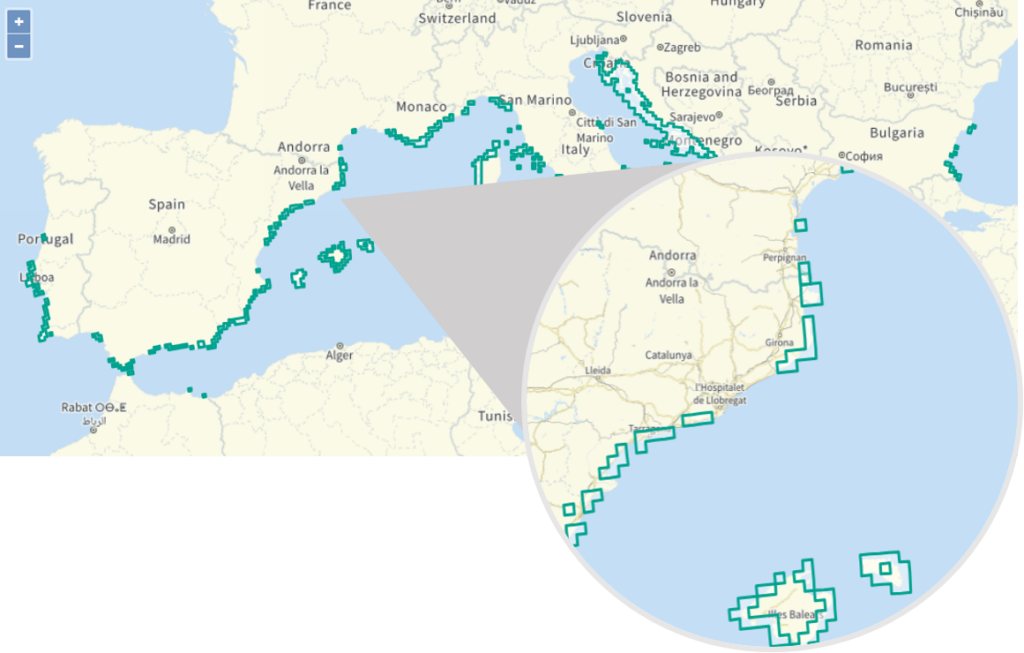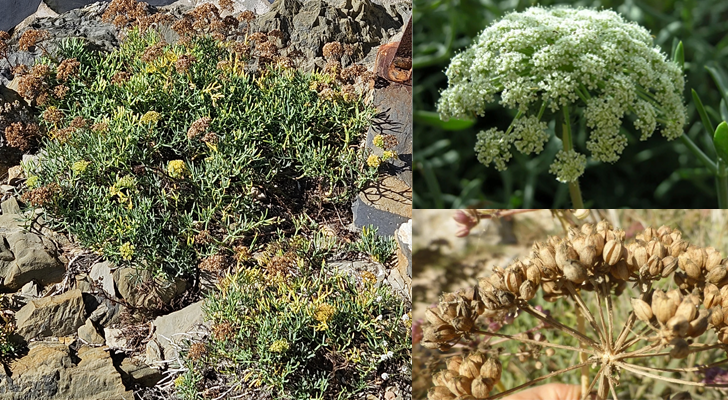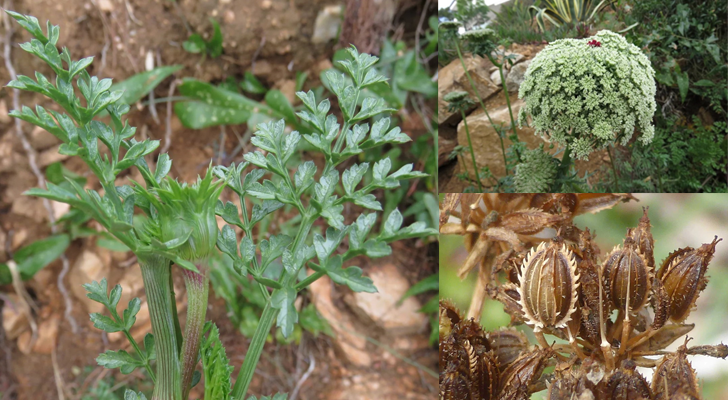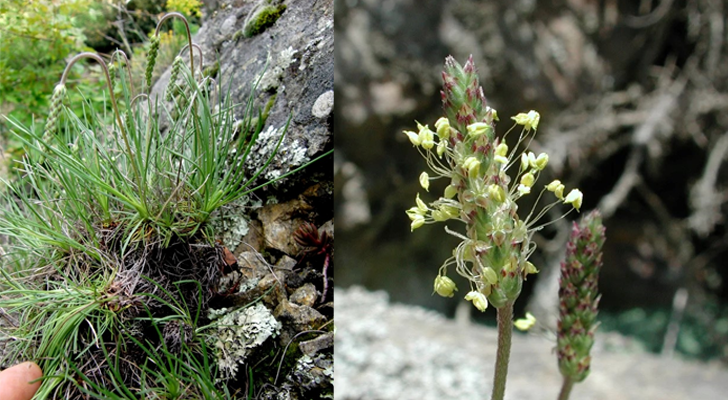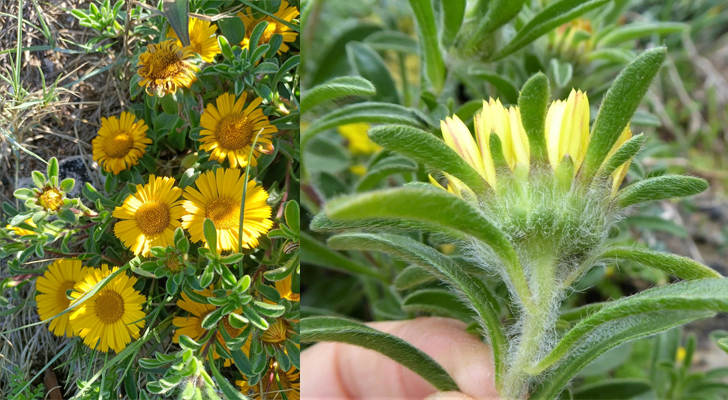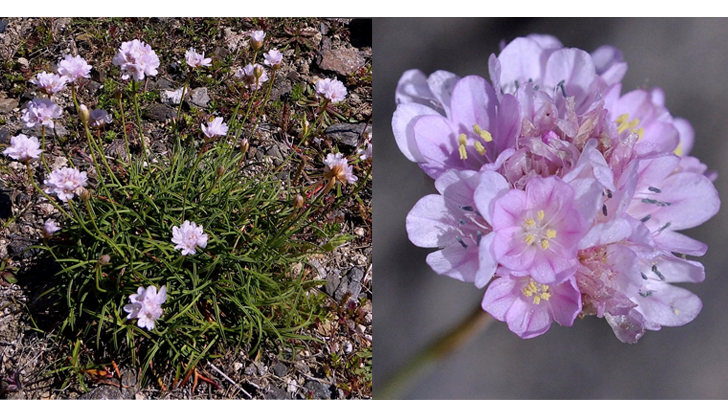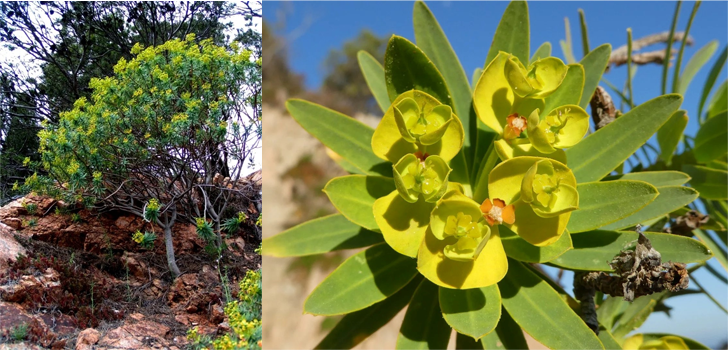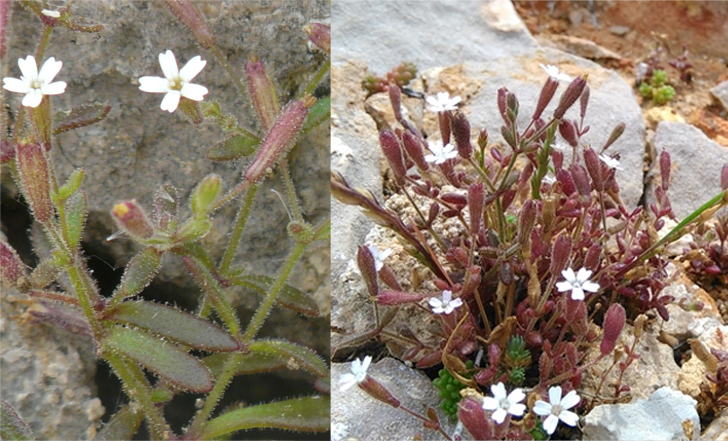
The Habitat of Community Interest 1240 is defined by vegetated cliffs with endemic statices (Limonium spp.) of the Mediterranean coasts. It is one of the designated habitats comprised in the Habitats Directive (Council Directive 92/43/EEC) of 1992. This law was created to protect thousands of species, including mammals, reptiles, amphibians, invertebrates, fish and plants and 230 characteristic habitats.
The main goal is to look after the species and habitats described and make sure they persist or recover to a favorable estat within the EU. At the same time, it ensures to stop the decline and prevent the disappearance of species and habitats by letting them recover and improve in the long-term.
This habitat encompasses cliffs and rocky shores of the Mediterranean, of the Mediterraneo-temperate eastern Atlantic (south-western Iberia) and of the Black Sea (Bulgaria).
By deifinition the dominating vegetation of this habitat contains:
Crithmum maritimum, Plantago subulata, Pallenis maritima, Limonium spp., Daucus spp., Armeria spp., Euphorbia spp., Silene sedoides i Sedum litoreum.
In Catalonia, not all these species are present as there are no regions with all the same species in the Mediterranean. In the Costa Brava the most abundant ones are as follows:
Crithmum maritimum Rock samphire or sea fennel, as its relative sweet fennel, belongs to the Apiaceae family, also known as Umbeliferae due to their flowers resembling the shape of a parasol in Latin. Usually found close to the sand but commonly spotted growing out of rock crevices and cracks. They can easily withstand the salinity and marine winds.
Daucus carota subsp. hispanicus The sea carrot or Spanish carrot, like the sea fennel belongs to the Apiaceae family. Its leaves are thicker and glossier than the cultivated carrot, the flowers and fruits are bigger and less prickly. It is also abundant growing in cracks and between rocks.
Plantago subulata The haircap moss is a short plant with narrow leaves that belongs to the Plantaginaceae family. Its leaves are linear and remind of a small grass. On top grows a spike of minute unapparent flowers from which the stamens stand out. These can be seen from spring to autumn. The plant can be found growing out of cracks and small patches of shallow soils.
Limonium geronense i L. tremolsi The statices, or sea-lavenders, these two in particular are endemic to the Costa Brava, meaning that they are not found anywhere else. They belong to the Plumbaginaceae family, like thrifts and the blue plumbago. The leaves grow together from the base forming a basal rosette tinging with red color as they grow. They bloom in summer growing long stalks that branch out with purple papery small flowers popping out of them.
Pallenis maritima The Mediterranean beach daisy, or gold coin, belongs to the same family as daisies, the Asteraceae. They grow forming a short shrub of green and hairy leaves. They bloom from spring to autumn showing their distinguishable yellow daisies resembling tiny sunflowers. It can be found along the coast, especially in zones close to dunes, stony grounds and between rocks.
Other less common plants we can find that also belong to this habitat are:
Armeria spp. Such as the Armeria ruscinonensis, “sea thrift”, an endemism of the eastern Pyrenees that extends eastwards to the Cap de Creus, where it is more commonly found closer to the shore. It is a Plumbaginaceae of short and narrow leaves forming small dense tufts. When they bloom they grow a stalk with a terminal pompon of whitish pink flowers that turns beige and papery when they fruit.
Euphorbia spp. Like Euphorbia dendroides, tree spurge, a central Mediterranean plant that extends westwards until north Costa Brava. It belongs to the Euphorbiaceae family and has waxy green narrow leaves and yellow flowers. Like all other spurges, it leaks latex when is cut or broken. As its name suggests it grows in a tree-like shape.
Silene sedoides As a curiosity we have this species that belongs to the habitat 1240, outside of the west Mediterranean shores, but in Catalonia it is found in l’Estartit. It belongs to the Cariophyllaceae family like carnations and soapworts. This one in particular is a short plant, with linear and succulent leaves, a character loyal to its specific epithet “sedoides” (Sedum-like, a plant with very similar leaves). They bloom from spring to summer and they grow short browny salks with terminal whitish pink flowers.
Text: Edgard Mestre
Photos: Flora Catalana & Gencat


